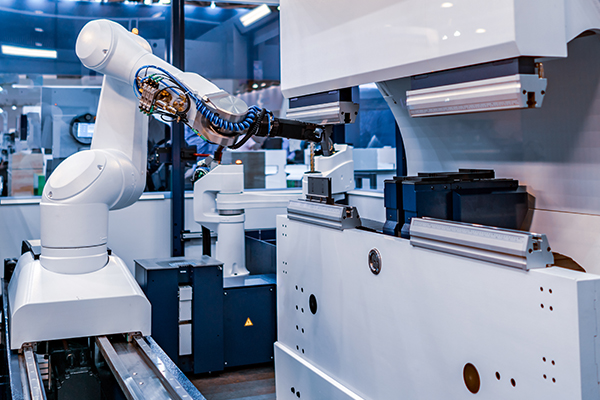As a core actuator, the functional boundaries and application performance of the cylinder are often extended and optimized through supporting auxiliary components. Such components are collectively referred to as cylinder accessories. They are not the core structure of the cylinder body, but they play an indispensable collaborative role in system integration and performance realization. The main value of accessories lies in their supplementation and enhancement of the basic functions of the cylinder, specifically covering multiple dimensions such as direction control, speed regulation, position perception, physical connection, environmental adaptation and status indication.
These accessories constitute the key interface between the cylinder and the external control logic, power transmission link and target load. They are responsible for accurately guiding the flow direction of the working medium, or are committed to smoothly regulating the motion characteristics of the piston, or providing real-time stroke endpoint feedback. At the same time, some accessories ensure the stable installation and reliable connection of the cylinder body under various working conditions, providing necessary support for the motion transmission interface; others focus on improving the tolerance and response sensitivity of the cylinder in specific environments.
The selection and combination of accessory types profoundly affect the behavioral characteristics, control accuracy, response efficiency and long-term operation reliability of the entire pneumatic drive unit. Its core value lies in giving the basic cylinder stronger task adaptability, system controllability and observability of operating status through modular and functional design ideas, so as to more effectively serve complex automation application scenarios. The integration of accessories and cylinders is the practical basis for optimizing system performance and achieving specific functional goals.


